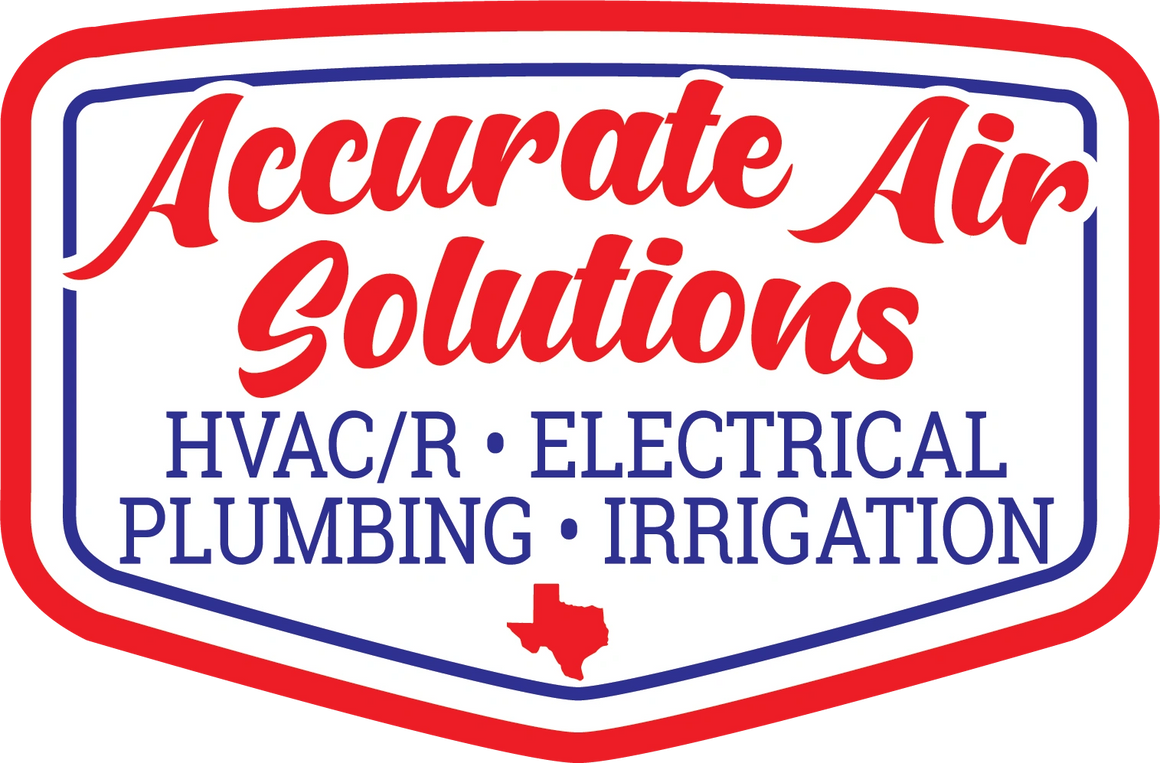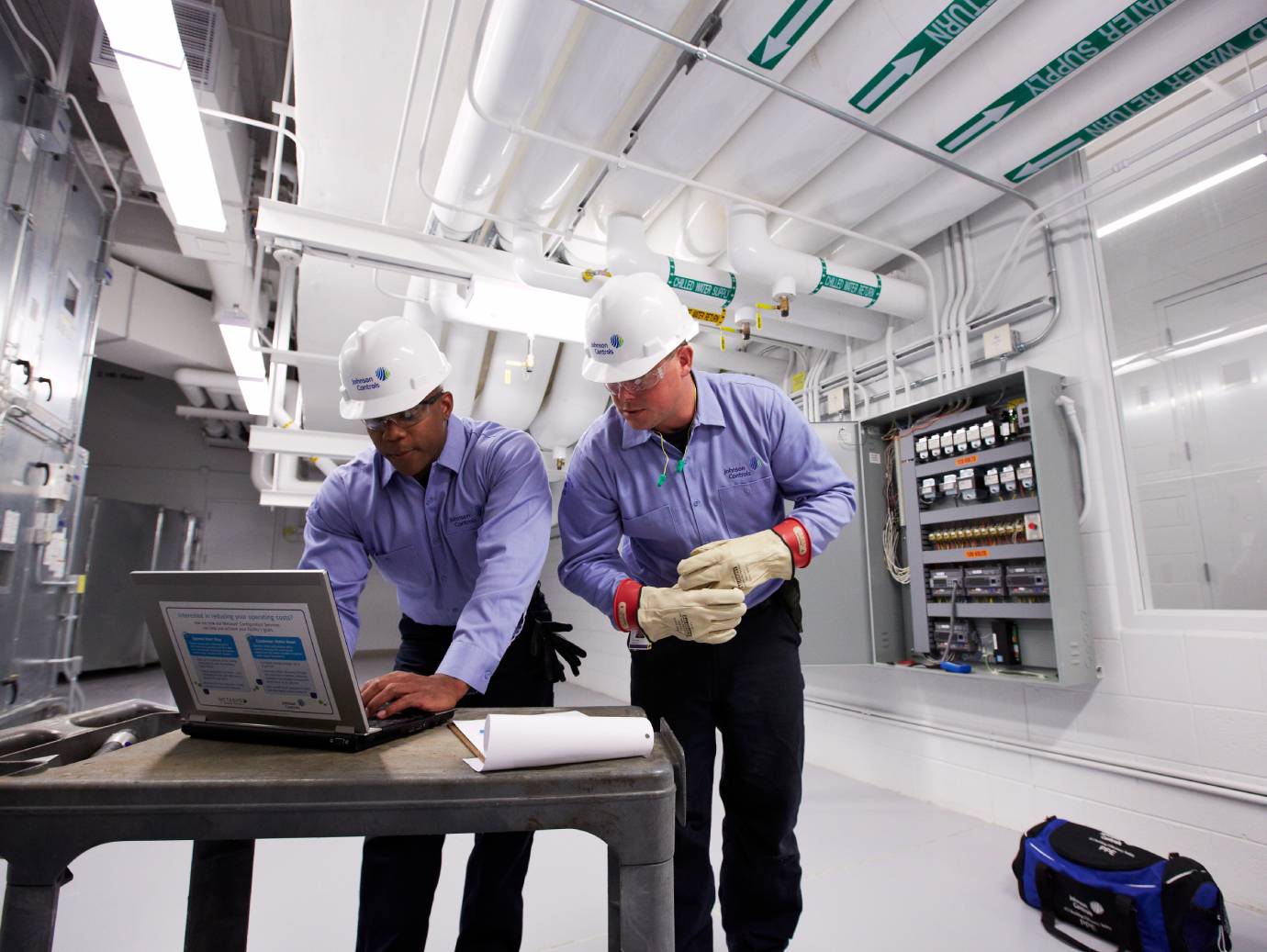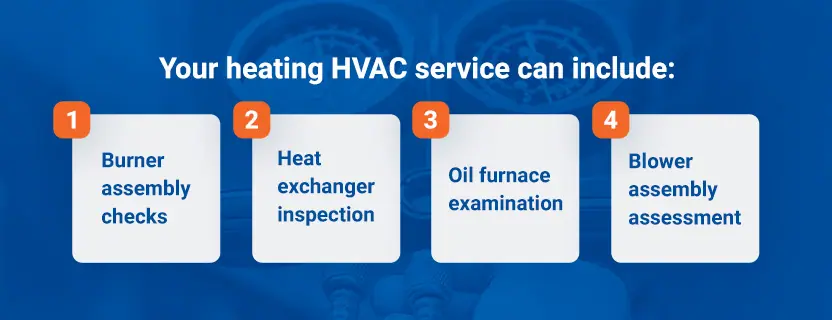Essential Inquiries to Ask Your Air Conditioning Contractor in Brownwood TX
Essential Inquiries to Ask Your Air Conditioning Contractor in Brownwood TX
Blog Article
The Value of Heating And Cooling Installment: Trick Factors To Consider for a Comfy Indoor Environment
The installment of a HVAC system is an important element in accomplishing an energy-efficient and comfortable interior environment. Elements such as the viability of the system for specific structure demands, correct sizing to circumvent ineffectiveness, and the proficiency of professionals for a high quality installment play essential roles. The adoption of advanced modern technologies can significantly improve system efficiency.
Choosing the Right System

When choosing a HVAC system, it is vital to evaluate the capability called for to effectively heat or cool down the room without straining the system, which can result in enhanced wear and functional prices. Consulting with a specialist HVAC specialist can give beneficial understandings right into picking a system that aligns with both the architectural style and the expected use patterns of the building.
In addition, thinking about the assimilation of smart technology can boost system management and surveillance, using greater control and prospective cost savings. By carefully evaluating these factors, one can ensure the selection of a HVAC system that not only meets instant demands yet also adds to long-term functional sustainability and passenger convenience.
Comprehending Power Effectiveness
Understanding power efficiency is crucial when thinking about a HVAC setup, as it directly impacts both the ecological impact and the functional expenses of the system. The efficiency of a Cooling and heating system is generally indicated by scores such as SEER (Seasonal Energy Effectiveness Ratio) for air conditioners or AFUE (Annual Fuel Use Performance) for heaters.

Purchasing an energy-efficient cooling and heating system not only converts to set you back financial savings but additionally adds favorably to environmental preservation by lowering greenhouse gas discharges. Additionally, numerous territories provide motivations or rebates for the setup of high-efficiency systems, better boosting their economic charm.
When assessing energy effectiveness, consider sophisticated attributes such as variable rate electric motors, wise thermostats, and zoning capacities. These innovations enhance the system's capability to change to differing demand, thereby enhancing energy use. It is vital to consult with HVAC professionals who can provide insights right into the most effective options tailored to details climate conditions and usage patterns, making sure optimal effectiveness and convenience.
Value of Correct Sizing

Conversely, a small a/c system will battle to get to the desired temperature, especially during severe climate conditions. This can result in constant procedure, causing higher power prices and prospective overheating of system components. Furthermore, insufficient sizing can lead to inconsistent temperature level circulation, triggering particular locations of a structure to be also cool or too warm.
To attain the right sizing, a thorough load calculation is essential. This entails analyzing numerous factors such as the structure's square video, insulation degrees, home window types, and neighborhood climate conditions. By accurately figuring out the home heating and cooling needs of a room, HVAC professionals can recommend systems that make sure efficient operation, decreased power intake, and enhanced indoor convenience.

Ensuring Quality Setup
A seamless Cooling and heating installment is the keystone of a system's durability and efficiency. This professional need to possess in-depth understanding of varied systems and be adept at evaluating the particular requirements of the structure.
Proper setup surpasses plain placement of equipment. It entails precise calibration to make sure ideal air movement, effective energy consumption, and consistent temperature level circulation. This includes exact ductwork setup, making sure links are secure and leak-free, which is vital for preserving system performance and interior air high quality.
Additionally, the implementation of innovative diagnostic tools during setup can detect potential issues early, avoiding costly repair services and extending the life-span of the system. The contractor should also make certain that all elements work which the system adheres to regional building ordinance and policies.
Normal Upkeep Practices
Once the foundation for a high-performing HVAC system is developed through high quality installation, the emphasis must change to normal upkeep practices to guarantee continued effectiveness and integrity. Regular maintenance not only prolongs the life-span of the system however also improves interior air quality, decreases power consumption, and prevents costly fixings. Important upkeep jobs consist of regularly altering air filters, cleaning evaporator and condenser coils, and inspecting the system for leaks or clogs.
This basic task can significantly boost air circulation and system effectiveness. Additionally, professional technicians ought to check the system annually, checking for cooling agent degrees, electric connections, and overall system performance.
Interest to ductwork is additionally essential; sealing and cleansing ducts frequently avoids air loss and contamination. Executing an upkeep timetable makes sure that minor problems are attended to prior to they intensify, securing the system's operational heating and cooling license honesty. By adhering to these maintenance techniques, homeowners can maximize their a/c system's performance and keep a comfy indoor atmosphere year-round.
Conclusion
By choosing a proper system customized to details building needs, comprehending energy effectiveness, and ensuring correct sizing, inefficiencies can be reduced. The participation of skilled specialists assurances top quality installation, while the assimilation of sophisticated innovations improves system performance and tracking.
Numerous types of Cooling and heating systems are offered, including split systems, hybrid systems, duct-free systems, and packaged heating and air systems, each with unique benefits and constraints.
Comprehending power performance is necessary when considering an A/c installment, as it directly impacts both the environmental impact and the operational costs of the system. The effectiveness of a Cooling and heating system is commonly indicated by rankings such as SEER go to this website (Seasonal Energy Effectiveness Ratio) for air conditioners or AFUE (Annual Gas Usage Performance) for furnaces (lawn irrigation installation Brownwood TX).Once the structure for a high-performing A/c system is developed via top quality installation, the emphasis must move to ac and heating technician normal maintenance methods to make sure continued performance and dependability. Additionally, professional service technicians need to check the system annually, checking for refrigerant degrees, electrical links, and total system performance
Report this page